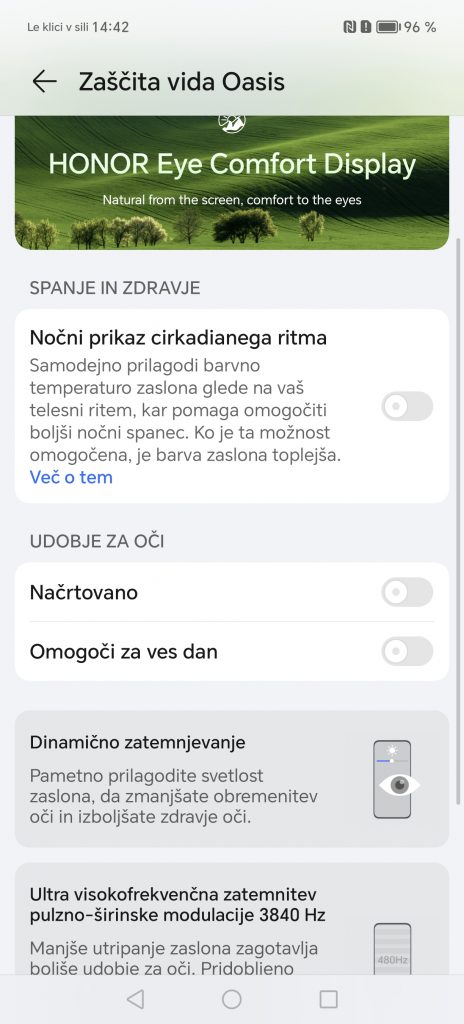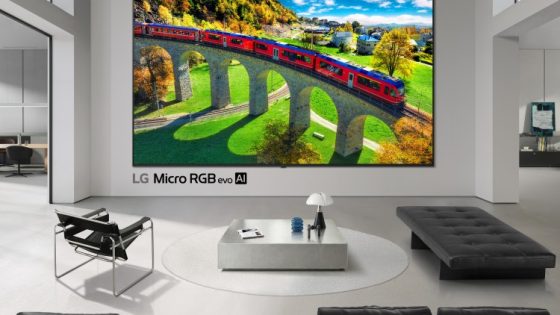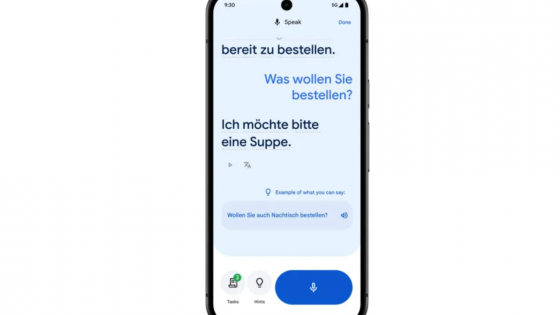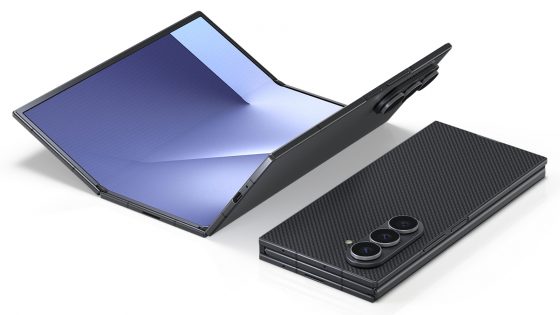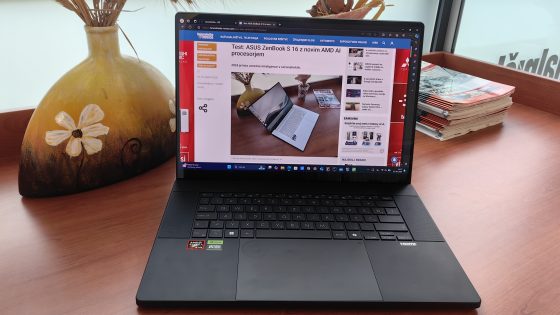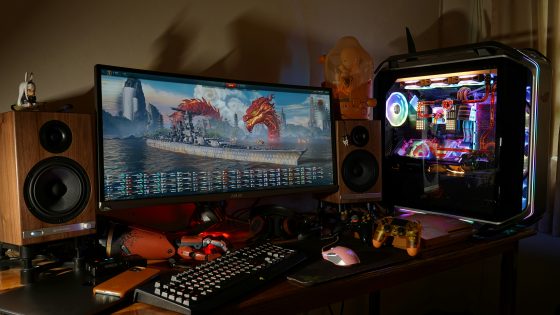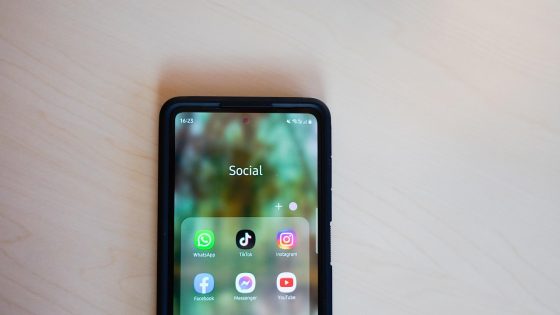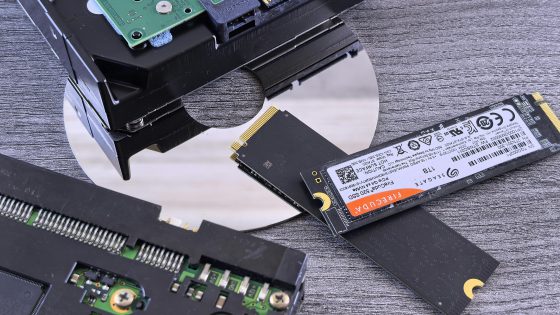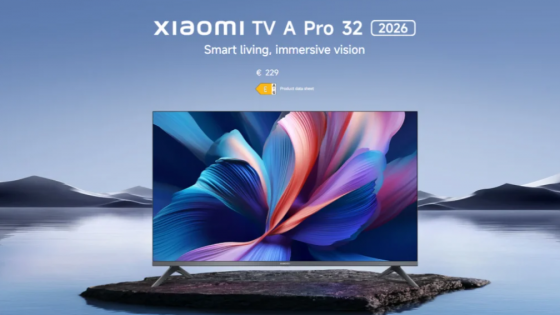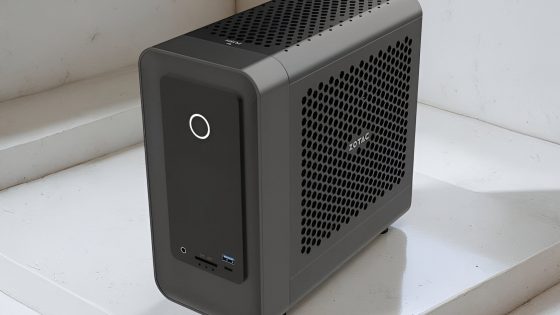I tested the Honor 200 and Honor 200 Pro - solid, but I would make a couple of changes
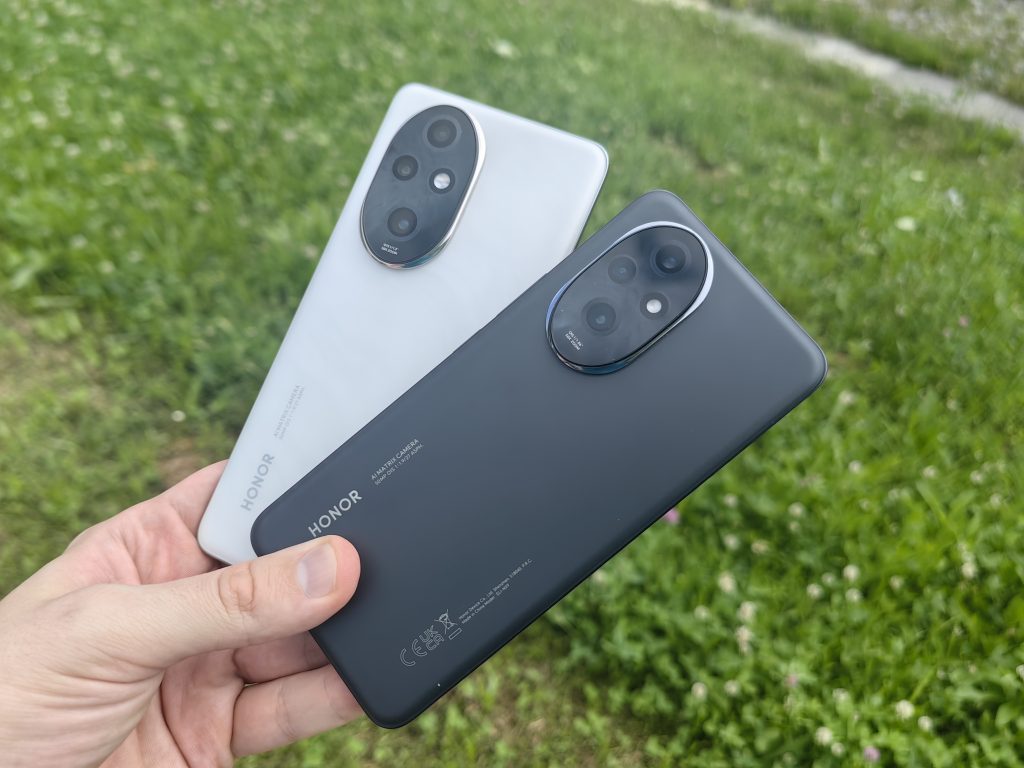
I can list them on one hand, Xiaomi T series, Huawei nova, Pixel phones, and there are also some POCO F series (currently F6) and OnePlus and Oppo, which do not have a large presence in Slovenia. For this reason, I am glad that Honor 200 and Honor 200 Pro have come to the market. They can be happy that they do not have much competition in this category, which does not mean that they can afford major lapses. Still, they have to be much better than, for example Galaxy A55, Redmi 13 or POCO phones (X6), which are at least half the price.
Did they meet my expectations?
| Advantages | Weaknesses |
| Good performance | Ultrawide camera just average |
| Good main camera | A little overpriced |
| Love the portraits | An operating system without standout features |
| Very good screen | Honor 200 without dust and water protection |
| Good battery | |
| Elegant and light design |
Honor 200 and Honor 200 Pro price?
- Honor 200 12GB/512GB: 649 €
- Honor 200 Pro 12GB/512GB: 799 €
If you buy the phone by July 14, you get a €100 discount, a 100-W charger, an Honor Choice watch and an Honor Choice speaker.
Honor 200 and Honor 200 Pro – identical on the outside, slightly different on the inside
The Honor 200 and Honor 200 Pro are identical twins, except that one has been stretched an extra 0.8 inches during development and the Pro version has an additional depth sensor on the front. Yes, the difference is that small. You won't be able to tell them apart from a distance unless you remember what color they come in. All other design elements are the same, from the frame of the cameras, the curvature of the screen and edges, and the placement of the keys.
I don't know if I completely agree with this decision. I like to see a manufacturer experiment with design, and I prefer that the phone I buy is unique and not the same as another, even if it's a phone from the same manufacturer. This also bothers me with Samsung, where the problem is even deeper, since they have been sticking to the same phone shape for quite a few generations.
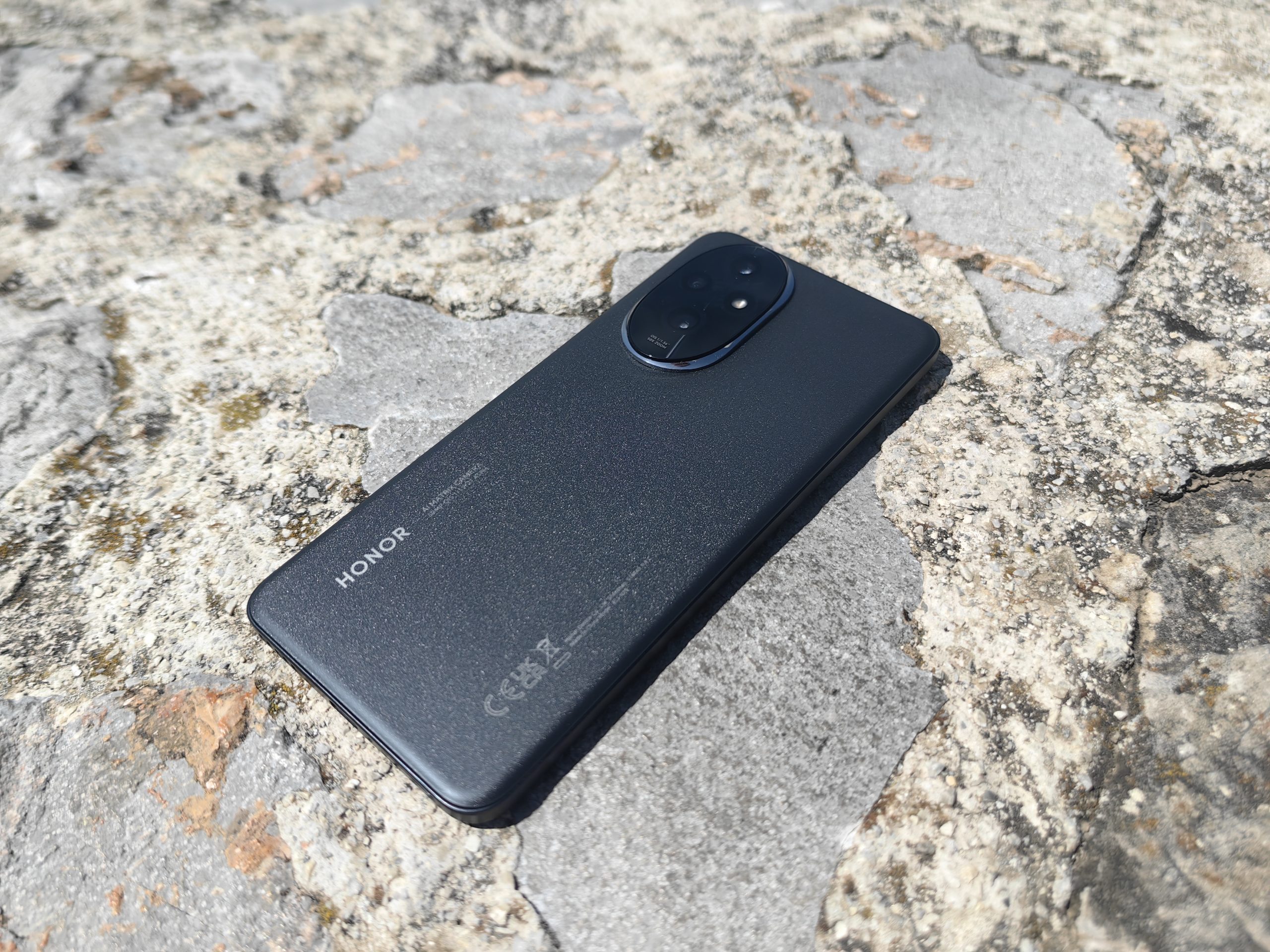
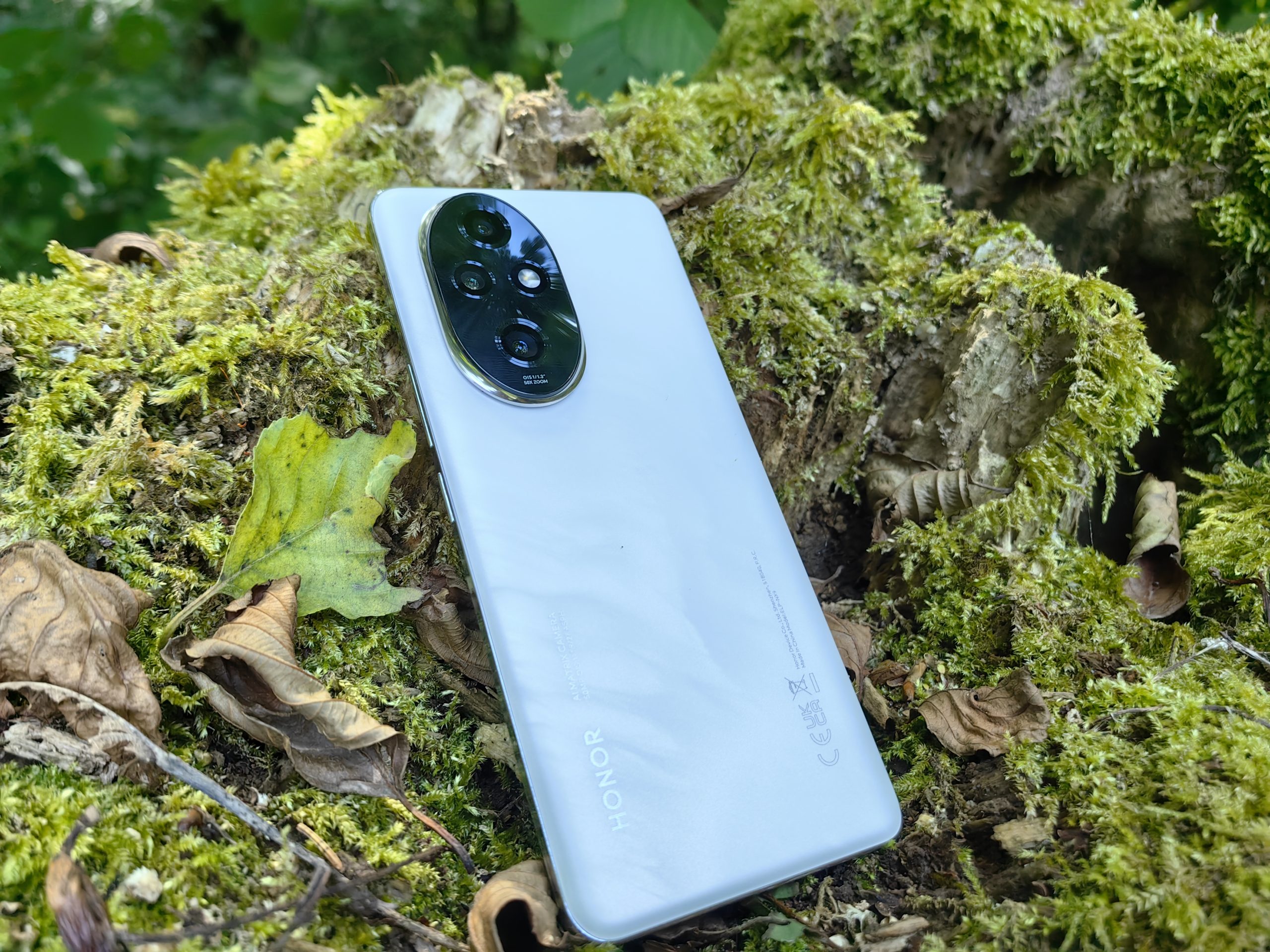
That aside, both phones are beautiful. The first thing that strikes you is their slimness. The Honor 200 Pro measures 8.2mm around the waist, while the regular version measures 7.7mm. Apparently, Honor likes to make thin and light phones. Their latest foldable phone still holds the title of thinnest in its category. The weight is also very pleasant to use. The Honor 200 Pro stopped just below the 200g mark, while the Honor 200 is even slightly lighter (187g).
The back is where the most elegance comes from, especially for a professional phone. I got the white marble version, which feels and looks fantastic. It's very slippery (the case only comes with the Honor 200), and it has a coating that protects the phone from stains. I should point out that the color is very similar to the one on the phone Huawei P60There are minor differences, but it's somehow obvious to me that they drew inspiration from their former parent company.
They also revamped the placement of the cameras. I really like the cylindrical or "egg" shape, it was nicely brightened up with an aluminum finish on the edges.
These are the similarities, and now for a difference. The Honor 200 Pro earned an IP65 rating, while its peer did not. This means that with the Pro version you can be a little more relaxed when in contact with water and dust.
And the aforementioned depth sensor, which is only available on the Honor 200 Pro. I also have the depth sensor on my Huawei Mate 50 Pro and it is definitely a very underrated component. With the depth sensor, facial recognition is safer, and it works much better even at night or when you wear glasses.
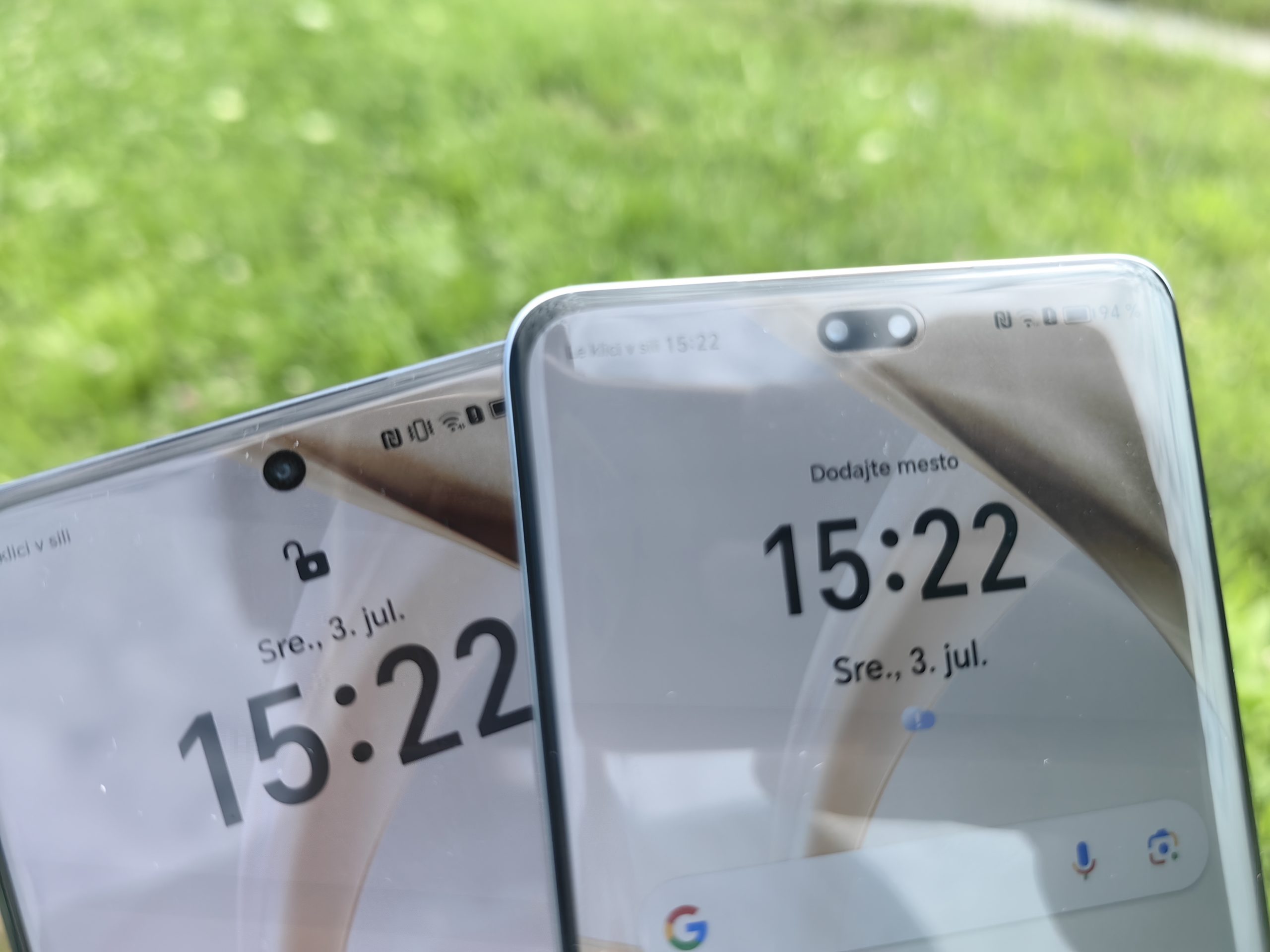
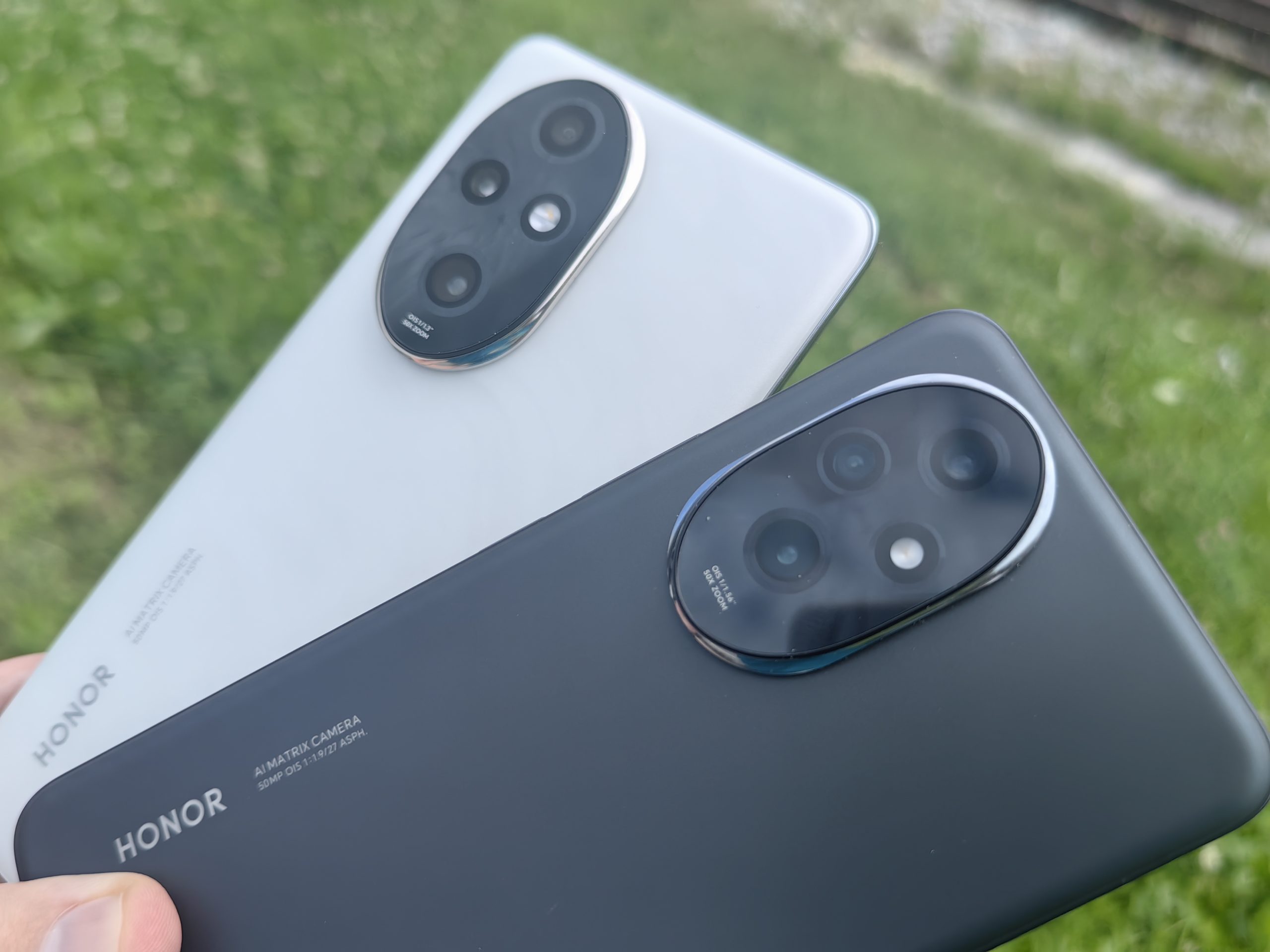
Honor 200 and Honor 200 Pro – Making good screens is clearly what Honor likes
A generation or two ago, Honor kicked things up a notch in the display department. I was surprised by what they managed to achieve on a foldable phone. Honor Magic V2 or on Magic6 Pro, which, for example, has a brightness of as much as 5000 candela (nits).
Two hundred followed their example. The maximum brightness is as much as 4000 candelas, the panel is OLED, which perfectly displays the entire color range. It refreshes at the now standard and expected 120 Hz, but there is no LTPO technology for slightly better refresh efficiency. I didn't even expect it with the Honor 200, but I would like to see it at €150 more expensive.
The edges around the curved screen are very thin, which is evident in the good frame-to-screen ratio (Honor 200 Pro 90.8 % and Honor 200 90 %). In terms of resolution, only a few pixels separate them (2700 x 1224; 2664 x 1200) in favor of the Pro model. I've mentioned several times that this resolution is just right for this size. 4K displays, mostly found on Sony, are currently overkill and just an extra battery drain.
Both are also easy on the eyes. The PWM dimming mode refreshes at a high 3840 Hz, which means that screen flickering shouldn't be bothersome to your eyes.
The biggest difference is in performance, where the scales are heavily tipped in favor of the Honor 200 Pro
Both got a dragon processor. Honor could have opted for MediaTek, saving a few euros, but I'm relieved it didn't. Not that MediaTek processors are bad, quite the opposite. In recent years, they have diligently made up for the backlog, but there are still some shortcomings, primarily in the field of games, artificial intelligence and the like.
Honor 200 Pro got Snapdragon 8s Gen 3, and Honor 200 got Snapdragon 7 Gen 3. As a result, they also have different graphics cores (Adreno 735 vs. Adreno 720), which is quite an important difference, especially when we want to play more demanding games or use emulators. I've been waiting for the chip for quite some time. I liked them when they were presented, because on paper they seemed like components that are a bit cheaper for the manufacturer, but still provide very satisfactory performance for the user.
Tests Honor 200
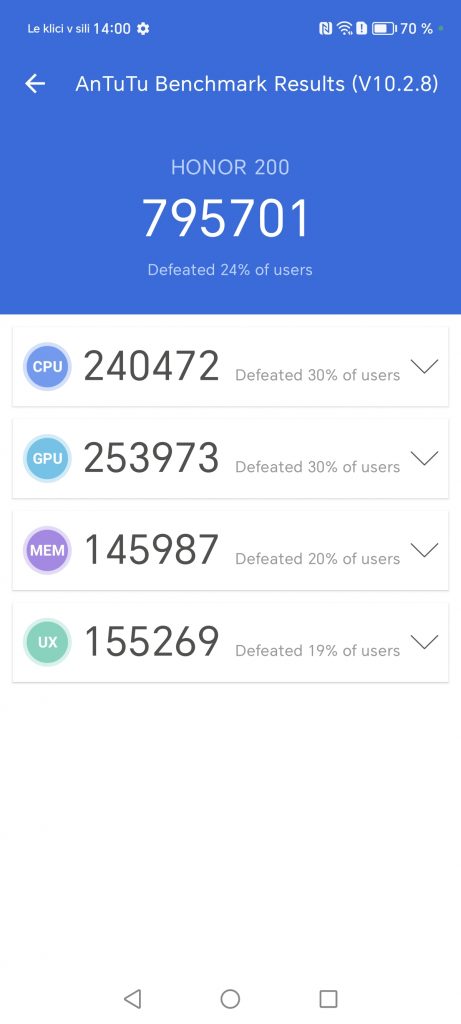
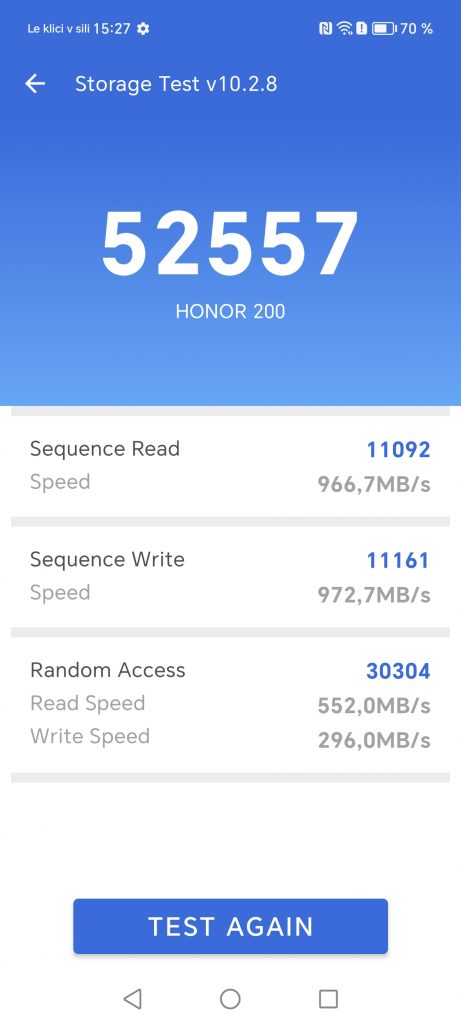
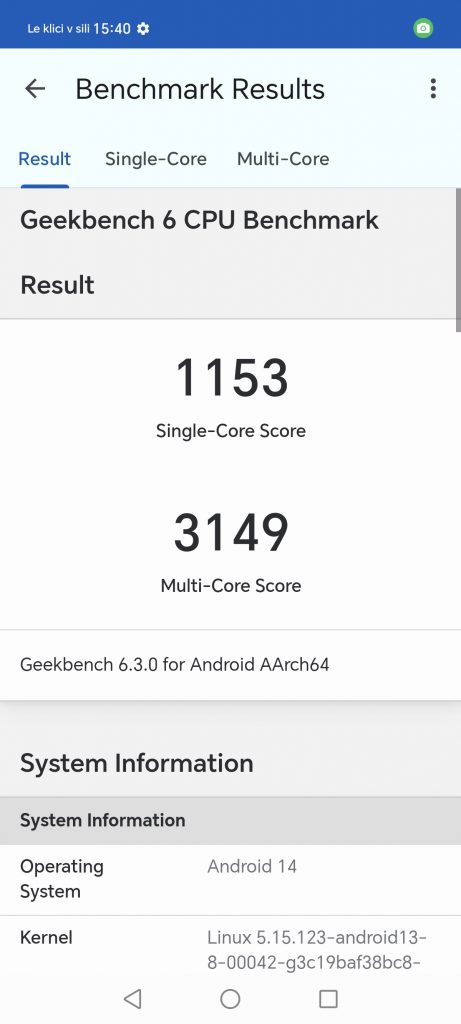
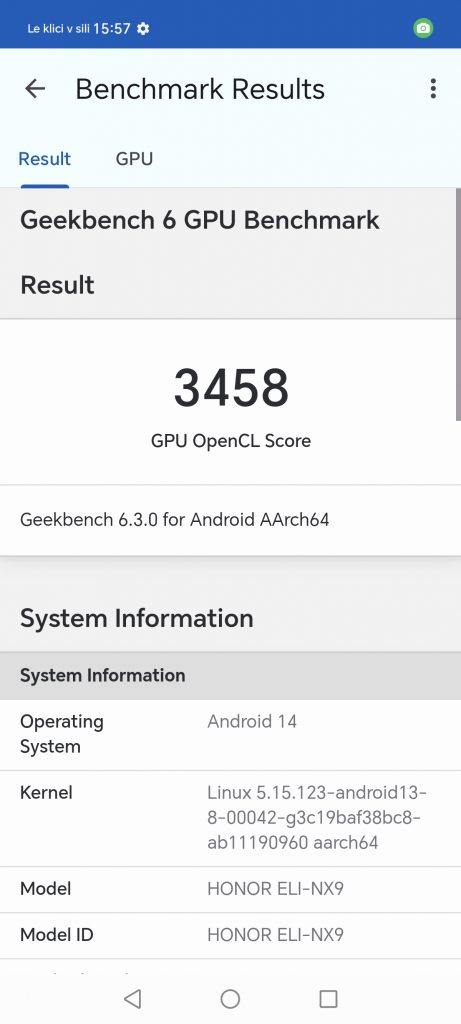
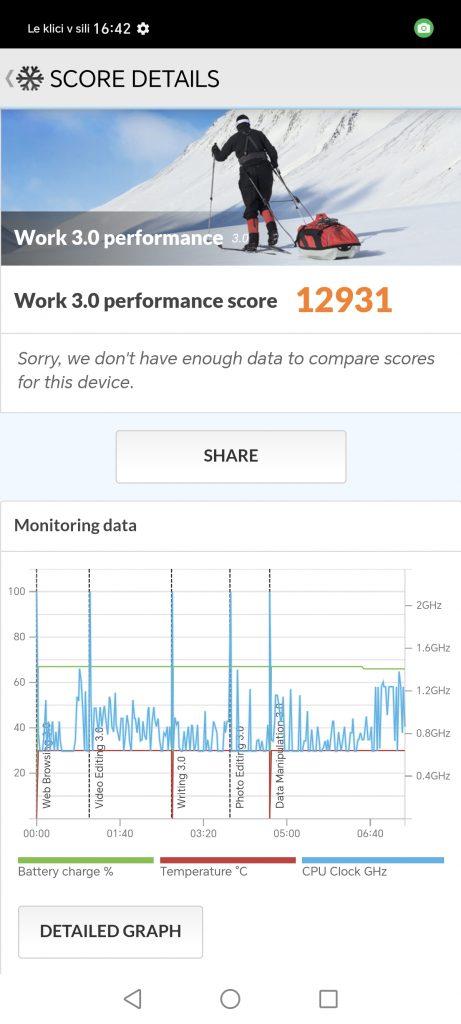
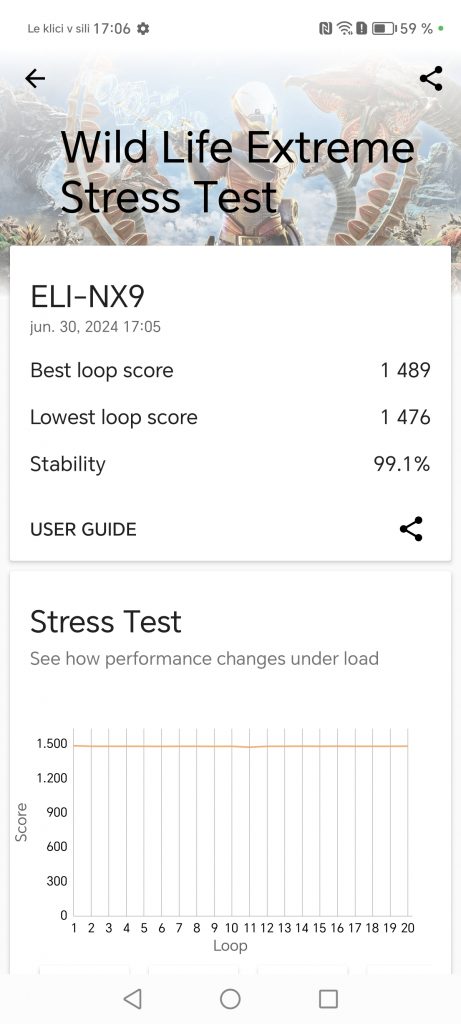
Honor 200 Pro tests
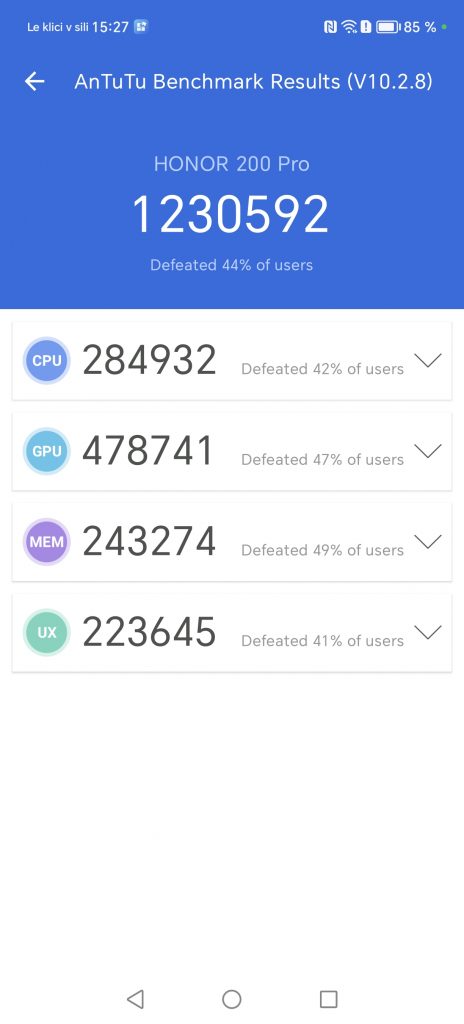
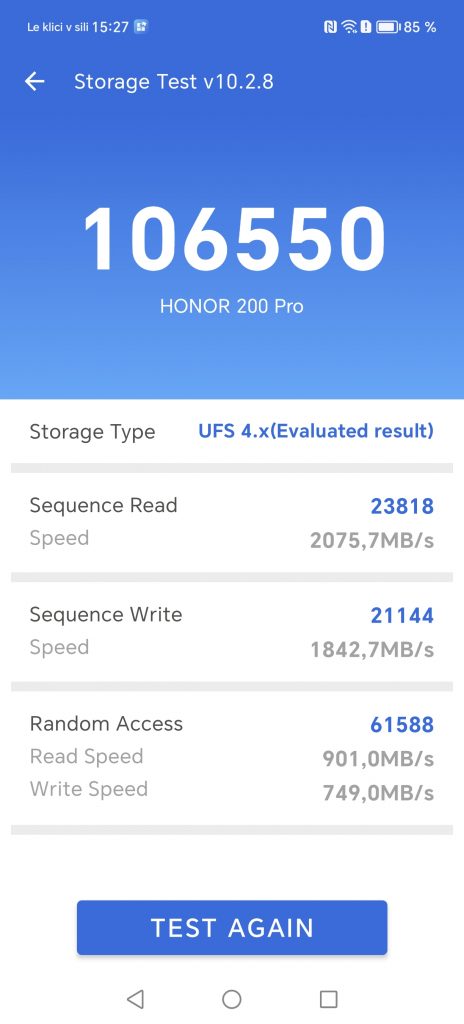
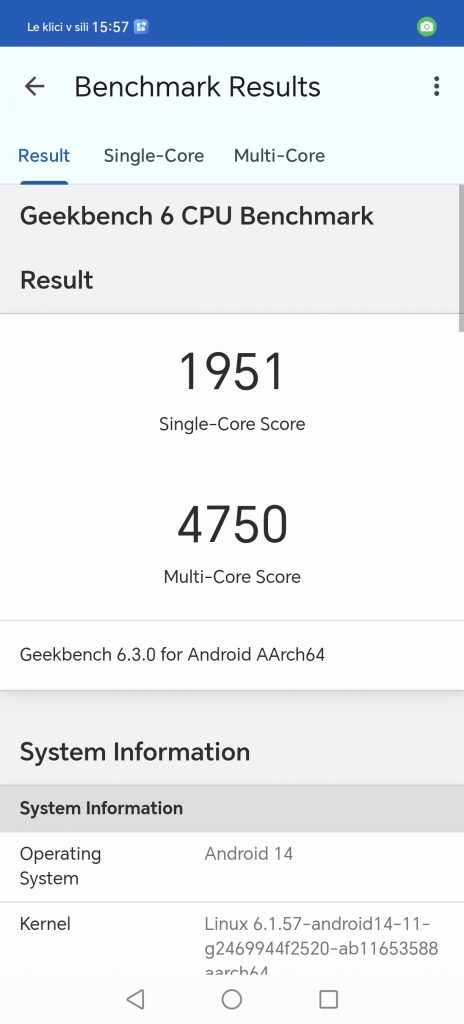
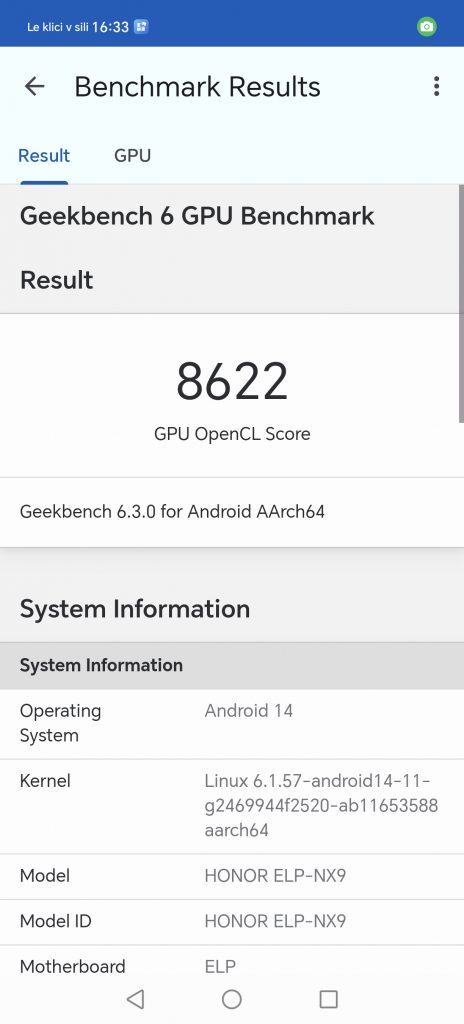
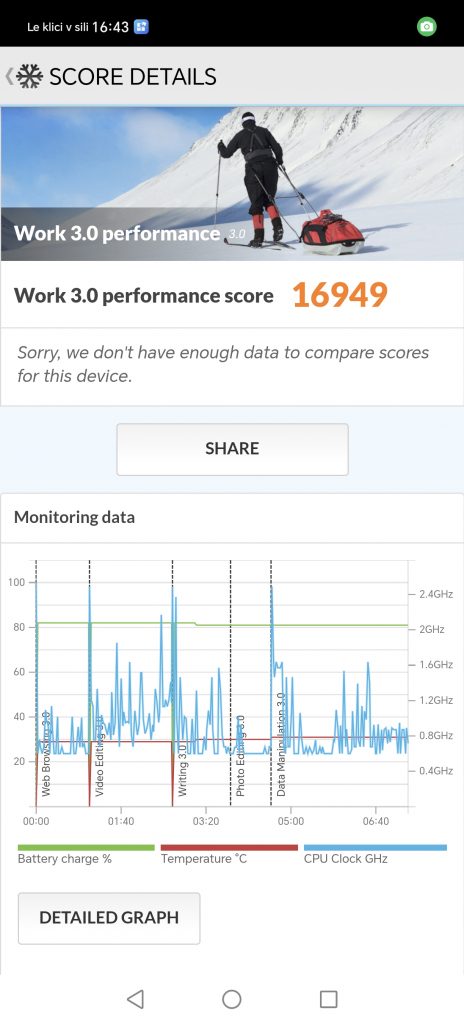
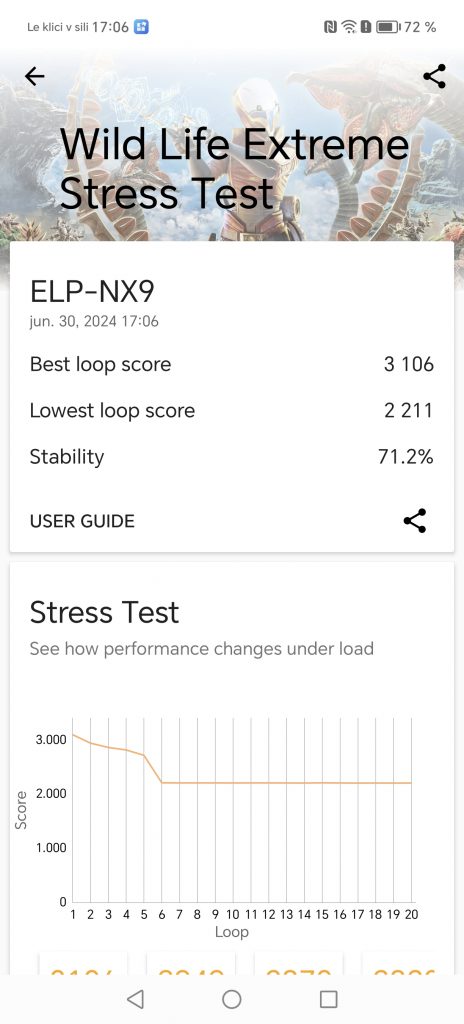
The Snapdragon 7 Gen 3 is somewhere on the same level as the Snapdragon 888, which was the best four years ago, but without the extreme overheating that made the chip unpopular. The Snapdragon 8s Gen 3 is much better, and it can compete with the Snapdragon 8 Gen 2 chip, i.e. last year's flagship, which excites me. The graphics cores are slightly worse than the compared chips, but this will not matter for most.
Below you will find some tests to make it easier to compare with other phones. I checked the overheating, can run the games at the highest settings, general performance (stuttering or not) and finally pulled their circuits with the Switch and Windows emulator (yes, that exists too).
The Honor 200 is more stable, it also overheats more slowly, which is also at the expense of fewer wasteful cores. Although it's hotter, I wouldn't call a more powerful chip problematic. I'll accept a few degrees more because the 20 % offers better performance, which is much more important for my needs.
Both phones perform well in classic mobile games (Genshin Impact, Call of Duty, Honkai: Star Rail). The Honor 200 Pro can mostly play at the highest settings, when there is too much going on the screen for example in Genshin Impact, there may be some lag, so I recommend reducing the textures to a medium resolution, for example. The Honor 200 is also powerful enough to run all the mentioned games, but I'd rather recommend using a medium resolution.
Both are still a bit awkward with Switch games at the moment. Turnip drivers are not yet available for them, which are very important if we want to play Switch games at 30 fps. I was able to run Mario 8 Deluxe with the existing Qualcomm drivers, but failed with Pokemon Arceus, Pokemon Scarlet, and Legend of Zelda Breath of the Wild, which failed to launch or had graphics issues.
I used the Mobox to play the Windows game, mainly because it works better with the newer Snapdragon chips. Winlator is also an alternative, but I ran out of time for it. I installed Fable, Need for Speed Underground and Call of Duty 2. The difference between the two chips is most obvious here. Both are capable of running the listed games, but the experience on the Honor 200 Pro is more reliable.
They've been generous with RAM (12GB) and storage (512GB), which is enough for everything. Virtual expansion is available, but with 12 GB of RAM, it is unnecessary and only adds additional load to the drive.
The Honor 200 Pro has a faster drive (UFS 4.0 vs. UFS 3.2), which is an important fact because it has a better chance of still being fast enough to not cause us gray hair after a few years of use.
The battery in both is good enough for a whole day's use, but there is still some energy left for the next day. They charge at an incredible 100W, and the Pro version also has the option of wireless charging at 66W. The charger is not included in the box, unless you buy the phone before July 14th. It costs around €50 over the counter. Honor phones are also compatible with Huawei chargers, if you happen to have one lying around at home.
The MagicOS 8 operating system is still a copy of Huawei's system. I went through the settings and couldn't find any features that other phones don't have. For example, you can customize folders and widgets (cards) on the desktop, you can change shortcuts on the lock screen, for example to the camera, pedometer, and the like. The so-called Favorites Space, which can be quickly accessed by swiping on the edge of the screen, can also be useful if you remember it's there.
Additional features to protect the eyes, which have been the hallmark of Honor phones for the last two generations, and the Wireless Projection function, which can project the phone's screen to other devices and at the same time simulate the desktop layout of a computer, are welcome. Extremely useful if you use the phone for work as well as for gaming.
Honor has given them 3 Android upgrades and 4 years of patches, which is solid support, but not the best.
They are not the best photographers, but they are still capable of taking good shots
- 50 MP (f/1.9) main camera with OIS
- 50 MP (f/2.4) telephoto with OIS and 2.5x optical zoom
- 12 MP (f/2.2) ultra-wide camera
- 50 MP (f/2.1) front camera
- 2 MP (f/2.4) depth sensor (Honor 200 Pro only)
Although the numbers are the same, the Honor 200 Pro got a slightly better sensor. The difference is not immediately obvious, to notice it, you have to wait for dusk or take pictures in poor lighting conditions. And even there the gap is not astronomical.
During the day, the newcomers do well. I'm happy with the details in the images, with almost zero noise at the edges, the contrasts are also good, and the sharpness is always present in most cases. Perhaps I was most upset about the stabilization, which several times did not perform as well as it should have. The Honor 200 Pro almost always lights up the photos better, and the sharpness is two shades better.
Honor 200 Gallery














The telephoto camera has a 2.5x optical zoom that works well, even in low light. It's a shame that you use an ultra-wide camera in Super Macro mode and not a telephoto. The magnification is still useful up to the 10x range, but above that (it can go up to 50x) it's really only for niche situations.
Unfortunately, ultra-wide is only average. I used it during the day, but in other cases I preferred to let it down.
We can record video in 4K (30 fps) and, apart from slightly poorer stabilization, the image quality is relatively good. The Honor 200 Pro delivers a shade better quality.
The camera has some special features that are useful. First of all, there is a function for taking pictures of special moments, which you can use to photograph objects or people in motion. Sometimes it's a lottery whether you get a useful photo. You can also manually set what kind of bokeh effect you want, you can shoot from multiple perspectives and the like.
Honor 200 Pro Gallery
















I had the most fun with the portraits. Honor collaborated with the Parisian company Harcourt, with which they refined the algorithms for capturing the best portrait photos. The progress compared to its predecessor is certainly evident. The detection of motifs and the edges around them is always accurate, the details are impressive, and the colors are just the right amount of saturation. Again, there's a level or two difference between the two phones.
Where would you place them?
The Honor 200 and Honor 200 Pro fill out an otherwise very thin phone category nicely. The performance is good, the screen is excellent, the design is elegant, but the cameras are perhaps a level too poor for their price. This is actually the most disturbing element. In my opinion, the Honor 200 Pro should take the place of the Honor 200, which should be a hundred and a half cents cheaper. At approximately the same promotional price as available until July 14th.
This would make it much easier to compete with phones, for example. Xiaomi 13T and 13T Pro, which are their biggest rivals at the moment. The 14T series is announced in a little over two months, but by then I expect the Honor 200 series to be available at a lower price.
Overall, I'm happy with the direction Honor has taken.



